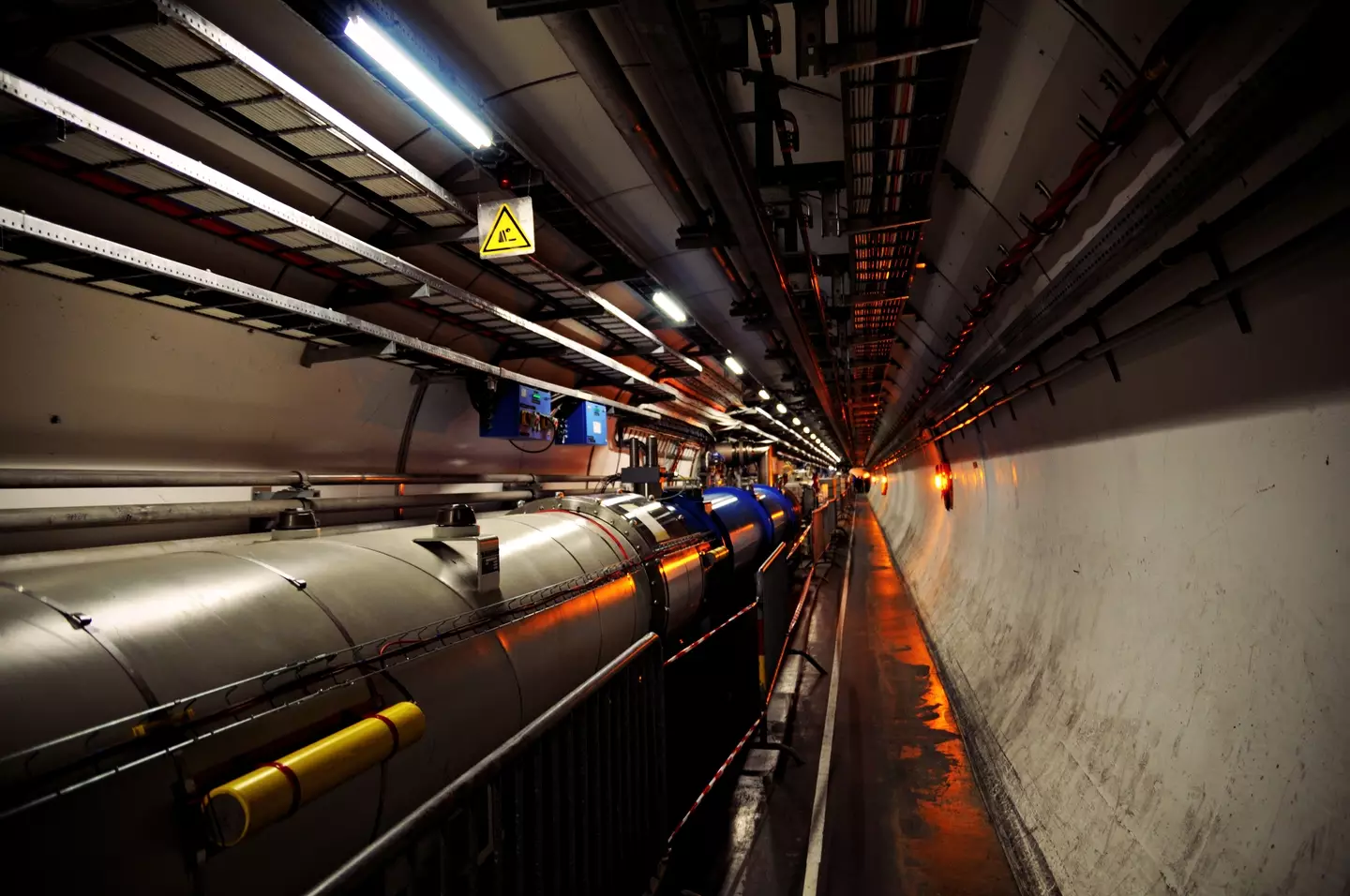.png)
Scientists have discovered a massless ‘demon particle’ that could be the missing link to a major scientific breakthrough.
Yep, that’s right, demons have been summoned. Well...kind of.
Researchers from the University of Illinois Urbana-Champaign have identified a massless particle, meaning it can form at any temperature, in the metal strontium ruthenate almost 70 years after it was first predicted.
Advert
In 1956, physicist David Pine first spoke of the ‘demon’ neutral plasmon that would have no mass, no electric charge, wouldn’t interact with light and would solve the mystery of how superconductors work.
Hence, it's a demon nickname.

Just to catch you up to speed, a superconductor is a particular type of metal or alloy used for trains and highly accurate magnetic resonance imaging (MRI) machines that transmit electrical currents without any barrier.
Advert
They were discovered more than a century ago by Heike Kamerlingh Onnes and his team when they observed that the electrical resistance of mercury goes to zero when cooled to the temperature of liquid helium at minus 452 Fahrenheit, as per CERN.
Current superconductors require the temperature to fall below 100 degrees Fahrenheit (37 Degrees Celsius) to operate.

But now, with a massless, transparent superconductor that could conduct electricity at room temperature, this could revolutionize technology, leading to far more superior computer systems.
Advert
Peter Abbamonte, a professor of physics at the University of Illinois Urbana-Champaign and lead author of the study said that it was a complete surprise.
“We weren’t even looking for it,” said Abbamonte in a press release. “But it turned out we were doing exactly the right thing, and we found it.”
He added: "The vast majority of experiments are done with light and measure optical properties, but being electrically neutral means that demons don't interact with light.
"A completely different kind of experiment was needed."
Advert
Former graduate student Ali Husain, a co-author of the study, said: “At first, we had no idea what it was. Demons are not in the mainstream. The possibility came up early on, and we basically laughed it off. But, as we started ruling things out, we started to suspect that we had really found the demon."
The study, published in Nature, concludes that scientists must research this neutral composite particle more to discover how it truly works.
Watch this space.
Topics: News, Science, Technology
